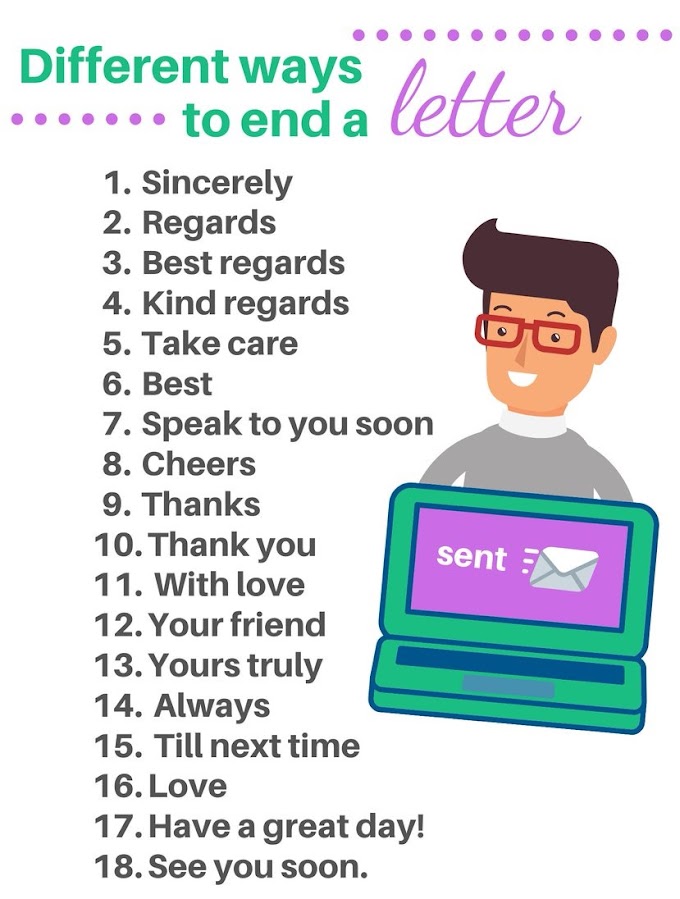What is a Resume?
What is a resume, and why do you need one when you are job searching? A resume is a written compilation of your education, work experience, credentials, and accomplishments. Most professional positions require applicants to submit a resume and cover letter as part of the application process.
In many cases, your resume is the first document a hiring manager will look at when reviewing your application, and therefore is a true “first impression.” Accordingly, it’s important to put time and effort into developing and maintaining an updated, accurate resume.
Whether you are writing your first resume, or you haven’t updated yours in a while and it needs refreshing, here is a step-by-step guide to writing a resume that will help you get the job you want.
Review the Purpose of a Resume
Think of a resume as “self-advertisement” that sums up your experience on one page. Your resume is one of the most important pieces of your job application. It gives the hiring manager an overview of the qualifications you have for the job for which you’re applying.
You should also familiarize yourself with the difference between a resume and a cover letter:
- A resume is typically sent with a cover letter, which is a document that provides additional information on your skills and experience in letter form.
- A resume is a concise, often bulleted summary, while a cover letter highlights and expands on certain traits or accomplishments that would be unique or ideal assets for the particular job.
Start by Doing a Brain Dump of Your Experience
An effective resume lays out a summary of qualifications that will push the hiring manager or employer to move forward and invite you to interview for the position.
As well as details on skills, education, and work history, resumes can also have optional sections, such as an objective, summary statement, skills, or career highlights. Those sections can be added after you’ve compiled all the factual information you need to list on your resume.
For many people, it can be helpful to sit down with a pen and paper, or a blank Word document, and jot down their work history from start to finish. Of course, if you have been in the workforce for many years, this is not going to be time-efficient, so you may choose to focus on your most prominent and relevant positions.
Make a List of Your Work Experience
No matter your approach, your goal will be to produce a chronological list of experience that is relevant to the jobs you’re applying to. Although this should focus on professional work experience, you can also include awards or accolades, volunteer or community experience, post-grad coursework, and skills, as well as your college education, which can move to the bottom of your resume once you get your first job after college.
When you’re working on your brain dump, make sure to include the name of the company, its location, dates of employment, and several bullet points describing your role and responsibilities for each position you list. Although you may need to expand on the bullet points later on, you’ll need this information at the minimum.
Focus on Your Achievements
When writing the descriptions for the jobs you’ve held, focus on what you accomplished in each position rather than what you did. Listing quantifiable achievements in a numerical manner (increased sales 20%, reduced expenses by 10%, for example) will help your resume stand out.
Be sure to match those accomplishments to the criteria the employer is seeking in the job posting.
If it’s challenging (and it can be!) to write resume descriptions that will catch the attention of the hiring manager, review these tips for how to make your resume employment history sound better – and get you picked for an interview.
What to Leave Off Your Resume
There are some things that don’t belong on a resume for a job. What you exclude is just as important as what you include. Ideally, your resume should reflect experience that is relevant to the job you are applying to, and typically no more than ten to fifteen years in the past. Since your resume should, if possible, be no longer than one or two pages, you may need to nix certain items.
For example, if you took a job and only stayed there for a month or so, you wouldn’t want to include that position. If you’ve been out of college for more than five years, it’s generally best to remove any internships you’ve had, assuming you have other professional work experience to fill the gap.
However, this is a case where you’ll want to use your common sense. If you went to college for marketing and had a marketing internship your senior year, then worked as a server for the next several years, you would want to include your marketing internship.
Ultimately, you want to try to strike a balance between including experience that is both timely and relevant.
Choose a Resume Style
There are several basic types of resumes used to apply for job openings. Before you spend time writing up all the details around each position you’ve had, you should decide what style of resume to use, as that can affect how you describe, organize, and list your experience, education, skills, qualifications, and other credentials for employment.
Your options include:
- Chronological - The most common resume type, in which you list your work experience in reverse chronological order, from the most to the least recent.
- Functional – A functional resume focuses on your skills and abilities rather than your work history.
- Combination – This type of resume lists your skills and experience before your employment history.
Which Resume Type is Right for You?
Which resume type should you use for your job search? That depends on what you're trying to accomplish. The goal of any resume is to show a hiring manager the applicant's strengths, skills, and experience in as short a time as possible. According to one study, recruiters spend as little as six seconds reviewing a resume before moving on to the next, so it's in your best interests to put your finest qualities and accomplishments in a prominent position on the page.
In addition, functional or combination resumes may also be useful if you're trying to draw the reader's attention away from something – namely, large gaps in your work history or detours into unrelated fields.
Start Compiling Your Resume
Once you’ve decided on a resume type, it’s time to start writing your resume. You don’t have to start from scratch. First, review examples of the resume type you’ve selected. Then, choose a template which you can copy and paste into a document, and then fill in with your own work history.
Regardless of the type of resume you choose, aim to tailor your resume to the job you are applying to. While it's perfectly acceptable to use a resume template, which you adapt to fit each job description, it's a bad idea to send the same exact resume to multiple openings, even within the same field.
Your goal should be to write your resume with both robots and humans in mind. Many organizations use Applicant Tracking Systems to sort and vet resumes, before hiring managers ever take a look at them. This means that you could have the best experience and qualifications in a whole field of candidates, and a pretty decent resume besides, but your information will fall through the cracks if your resume doesn't contain the right keywords. Good keywords will refer not only to your experience but to the job description in the posting as well.
Format Your Resume
Once you have written and organized your information according to the type of resume you have chosen, be sure to format it according to typical professional standards. You should use consistent spacing throughout, and evenly sized margins on all sides if possible. It’s generally best to stick to your word processor’s default settings, but in some cases, if you shrink the margins on the left, right, top and bottom, this can help buy more space to fit your resume on one page.
Although visual or infographic resumes have become trendy in some industries, it is always a safe bet to stick with traditional formatting: white page, black text, readable font. Choose a basic font such as Arial, Times New Roman, Calibri, Helvetica, or Georgia. Ideally, your font size should be no larger than 12 and no smaller than 10.5.
Even if you are only sending in copies digitally, it is a good idea to print your resume (as it’s possible that hiring managers may be doing so) to be sure it prints on a single page, and is easy to read in printed form. Reading over a printed copy of your resume will also help you ensure that there is plenty of white space on the page and it looks professional.
Proofread, Proofread, and Proofread Again
Not even professional proofreaders can easily proofread their own work. Once you've made a typo, it's hard to catch it yourself. For that reason, it's a good idea to have one or two trusted friends take a look at your resume before you send it in for consideration. Use this resume proofreading checklist first, then ask someone else to give it a final review to be sure it’s perfect before you click send or upload to apply for a job.
Think of Your Resume as a Living Document
In the short term, you should tweak your resume based on each job you apply to. For example, if one position you’re applying to seems to weigh a certain responsibility or focus over another, you should be sure your resume conveys your expertise in this area.
At the same time, you should be updating your resume with your experience as it develops, adding any new skills you’ve learned, courses you’ve taken or awards you won.
It is much easier to update your resume periodically than all at once, so even when you’re employed, set a reminder to refresh your resume every three months, while the information is still fresh in your head. This will make your next job search much easier, should you decide to switch companies or careers in the future.
Use these seven simple steps to build a resume to keep yours current and ready to send if you get a call from a recruiter, or find a job that you’d love to be hired for and want to apply for it right away.





0 टिप्पणियाँ